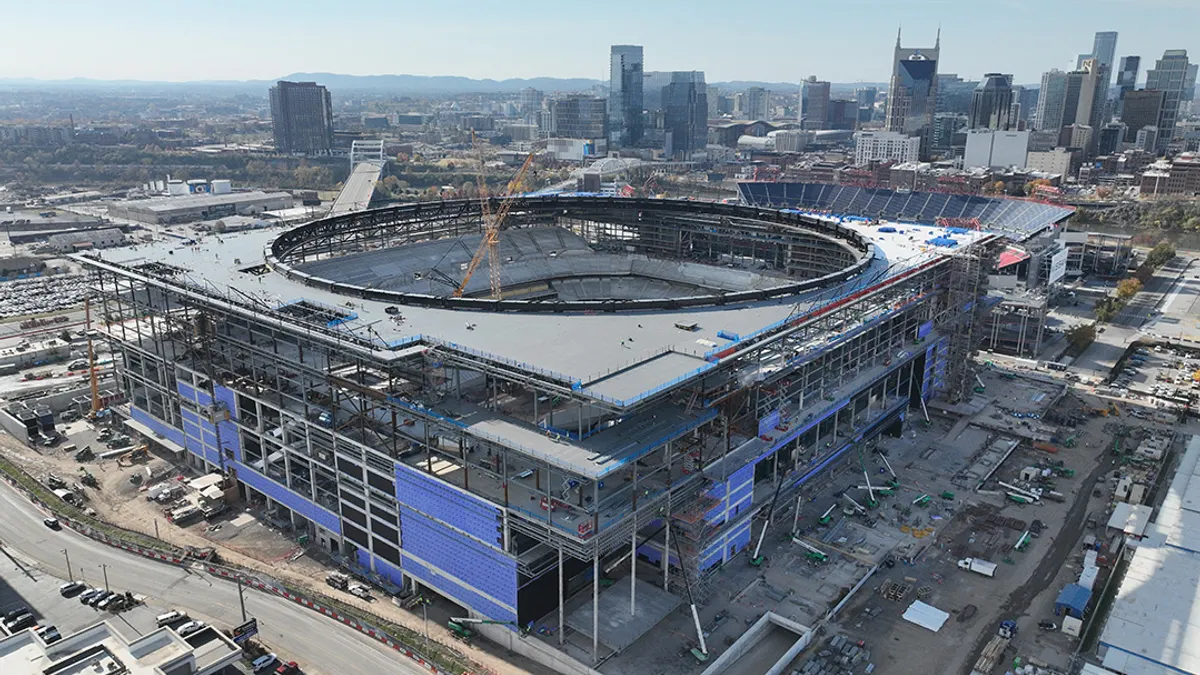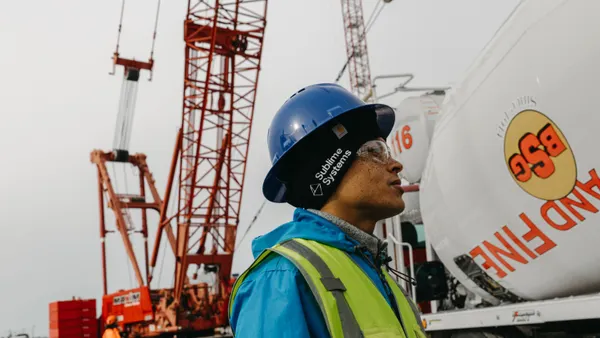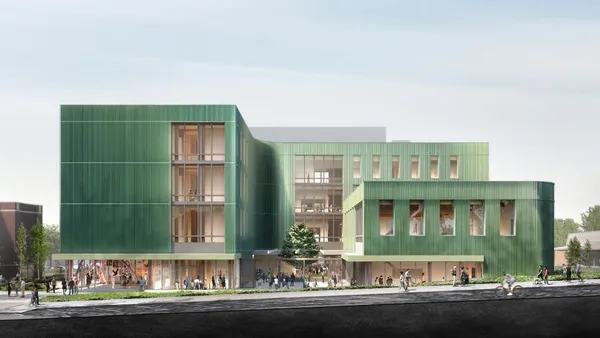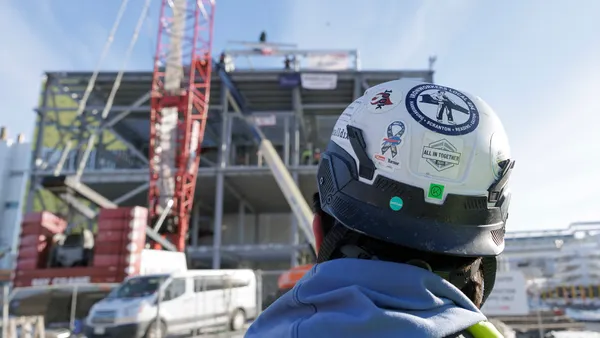Once it passed the initial hurdles of learning how to implement 3D laser scanning on its projects, Greensboro, North Carolina-based Brady Industries was able to “completely, drastically” change the way it does business, said mechanical engineering team leader Stephen Poe in a recent webinar, in a way that has exceeded customer expectations and guaranteed repeat business.
The firm, which provides sustainable HVAC, mechanical, energy conservation and other solutions for commercial and industrial facilities, had relied on hand measurement of existing conditions for years. These data, often wrought with errors, would be used for prefabrication of piping assemblies and other components that later required adjustments during installation, Poe said.
Brady opted to introduce 3D scanners to document that existing conditions of a jobsite to a high degree of accuracy and reduce the chance of such fabrication errors for an overall more efficient project timeline. The company scans project sites ahead of the bidding process. It then layers its 3D AutoCAD MEP models, as well as manufacturers’ models of the chillers, boilers and other systems that will be installed in order to select a plan of action that could work within the existing site conditions.
By experimenting within a virtual environment where there was no negative consequences on project timelines or budgets, Brady can go into some projects with a plan of action that can be executed within a day or two, according to Poe. There’s a “massive difference on project timelines” between Brady’s bids and competitors that have to adapt their work plan as they go, he said.
Helping build long-term customer relationships
Being able to demonstrate to potential clients that there will be no unexpected surprises has worked in the company’s favor. Using scans during the bid process “help[s] us be a little more competitive against other design-builders and shows our customers and clients what we are capable of doing up front so they are more likely to partner with us and build a long-term partnership with us,” Poe said.
Plus, the scans eliminate any surprises upon project completion, he added, because the rendering that clients agree to when the project is awarded is practically identical to what is delivered.
While initially met with some reluctance by field workers and managers who were unsure of the return on investment, Poe said that 3D laser scanning "has definitely paid for itself in less than a year.” It cuts down on the number of trips that are needed between the office and jobsite because Brady can reference an accurate point cloud representation, he said. And on top of cutting install labor on most projects by 25%, “We’ve had less errors, we haven’t cut welds and we had more satisfied customers that are giving us return work."
The company is confident enough in the technology and its ROI to cut its prices and expand its investment in scanners and operators, Poe said.













